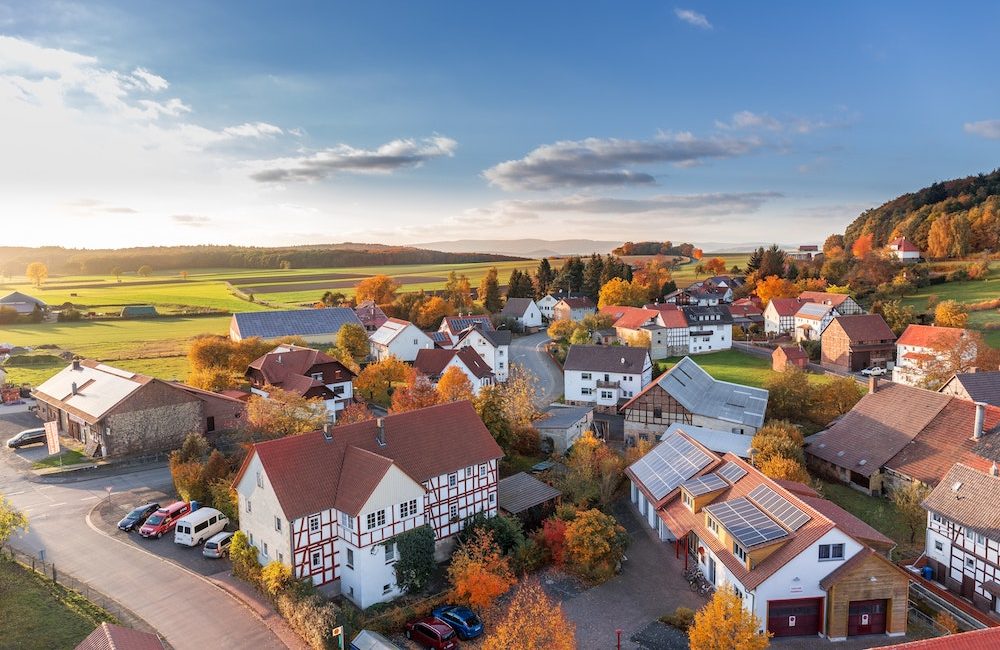The Mendip Local Plan
And what it could mean for Midsomer Norton
A virtual meeting was recently held to discuss Mendip’s Local Plan and how it would impact Midsomer Norton.
As you may know, local authorities, such as B&NES, must make Local Plans which then form part of the Government’s National Planning Policy Framework, which decides where new homes are to be built. The Local Plan is submitted to the government inspector for approval, and, once that is obtained, becomes law and is a legal guide to future planning decisions. Part of this process is identifying suitable sites for development, each local authority must identify sufficient land to provide for the anticipated need with an additional buffer, in case certain sites are unavailable. At any time, there are supposed to be five years’ worth of specific, deliverable housing sites.
Although Midsomer Norton falls under B&NES, it borders Mendip. Mendip District Council’s Local Plan pt1 for 2006-2029 was adopted in 2014. Part 2 was submitted at the start of 2019, however the government inspector did not approve it because it did not address the ‘strategic expectation’ to consider development sites for 505 dwellings in the North East part of Mendip. Much like the situation faced by B&NES a few years ago, Mendip need their plan to be approved otherwise they are vulnerable to all and any speculative planning applications and have duly identified sites the edge of Midsomer Norton. These sites include: MN1 of 250 dwellings at the White Post, MN3 of 145 dwellings along the A367 and MN2, 60 dwellings at the end of Underhill Lane. At this late stage, developers were not called to put new sites forward and only sites under the original plan were considered.
These proposals were discussed at a virtual hearing, the developers and their legal representatives attended, as did a few people from the villages of Rode and Beckington objecting to plans for their areas, the B&NES Deputy Planning Officer, Cllr Jackson, from Westfield, and myself, putting forward the view of Midsomer Norton Town Council. Stratton on the Fosse was also represented and objected to MN2 and MN3.
Our main arguments included:
- If Mendip needs an additional 505 dwellings, then the need is Mendip-wide and notspecifically a need for the north east of Mendip.
- B&NES has not had time to properly consider the impact of these developments onlocal infrastructure and services. Should the developments go ahead, it should be at a review of the plan, not added on as they have been.As said in letter from B&NES’ Director of Development and Public Protection:“One of the key strategic issues the B&NES Core Strategy and Placemaking Plan is addressing is an imbalance between jobs and homes resulting from recent incremental housing development and a decline in the manufacturing sector and a high degree of out- commuting. Therefore, the Core Strategy/Placemaking Plan facilitates more employment including allocating the Somer Valley Enterprise Zone and only facilitates some additional housing primarily reflecting already committed sites… therefore allocating sites adjoining Midsomer Norton, Westfield or Radstock through the Mendip LPP2 is contrary to the adopted B&NES Development Plan and would worsen the
imbalance between jobs and homes and would add cumulative impacts
on key infrastructure.”
- If development is to go ahead in this area, other sites should be considered, such as those closer to Frome where there are better road connections and a railway to provide good transport links.
- The sites on the edge of Midsomer Norton would be best considered as part of the B&NES Local Plan rather than Mendip’s. For example, Mendip looked at the capacity of villages like Chilcompton and took into account that housing had recently been built there but did not consider this to Midsomer Norton as it isn’t in Mendip,however, Midsomer Norton would be expected to accommodate these housing needs.It is important to note, that we are not opposed to housing development per se, but we would want sustainable and appropriate development, with perhaps a capacity for more housing when, and if, the Old Mills Enterprise Zone comes into existence and transport links improved. I fear an inappropriately unsustainable metropolis in the Somer Valley area with the Mendip Green Belt in the north and the B&NES Green Belt in the south. Also, such development being bolted on in easy to build greenfield sites at the behest of another authority and eager developers, makes it less likely that our brownfield sites, such as Welton Bibby Baron, will be developed.We are now awaiting the Inspector’s verdict following the hearing.
Cllr Michael Evans

